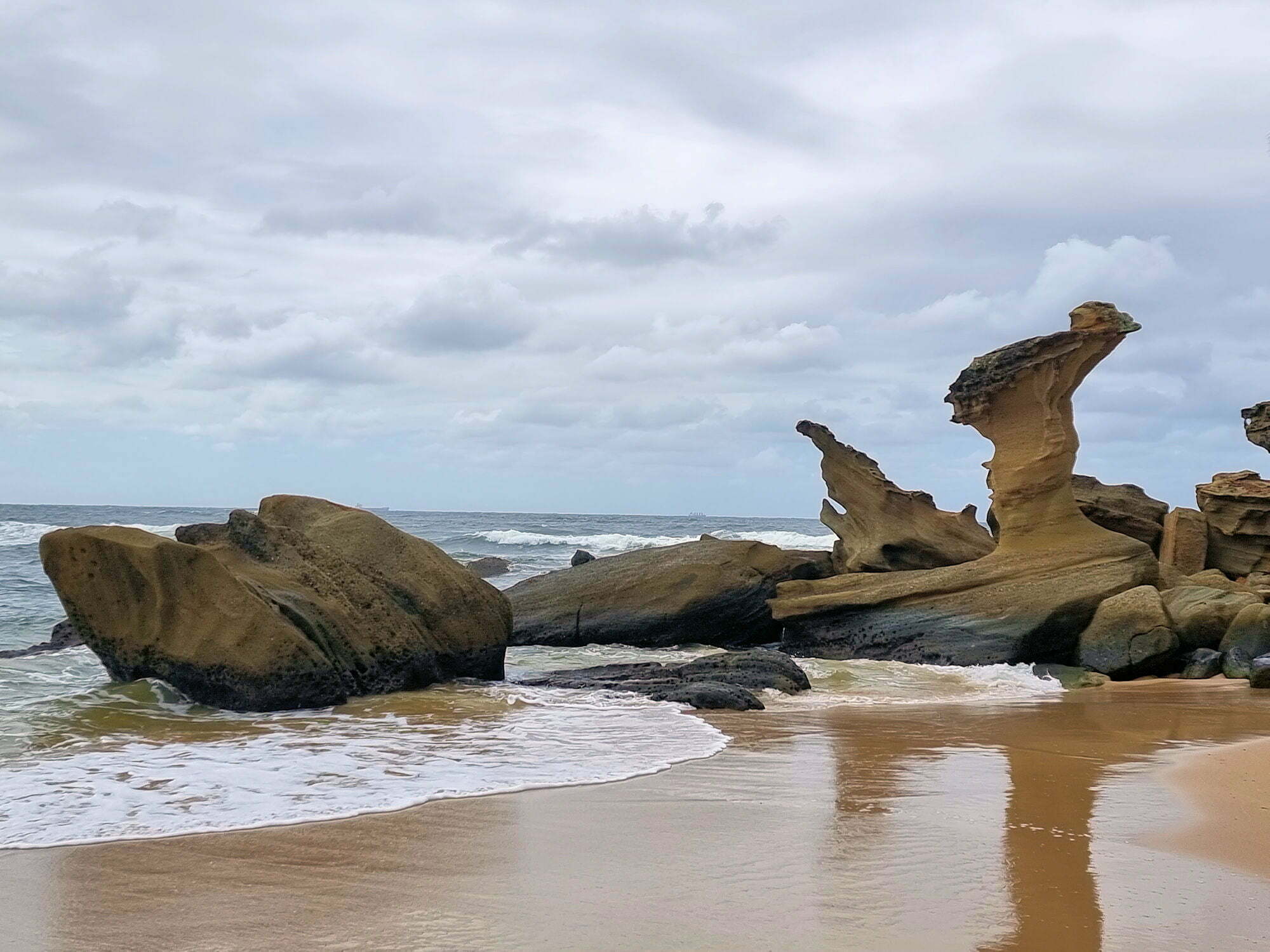Category: Beach
-
Hargraves Beach Rock Sculptures

Hargraves Beach Rock Sculptures Central Coast New South Wales Australia These wonderful rock sculptures are on Hargraves Beach on the New South Wales Central Coast north of Sydney. Formed over thousands of years by wind rain and the sea, they have formed some amazing shapes. The largest one originally had a larger top, but too… Read more
-
Tacking Point Lighthouse

Tacking Point Lighthouse Port Macquarie Australia Designed by James Barnett and built in 1879, Tacking Point Lighthouse is the thirteenth oldest lighthouse in Australia. With its own small carpark and located only 9km from Port Macquarie, it’s easy to get to. Only a small building, the blue and white lighthouse looks over the Pacific Ocean… Read more
